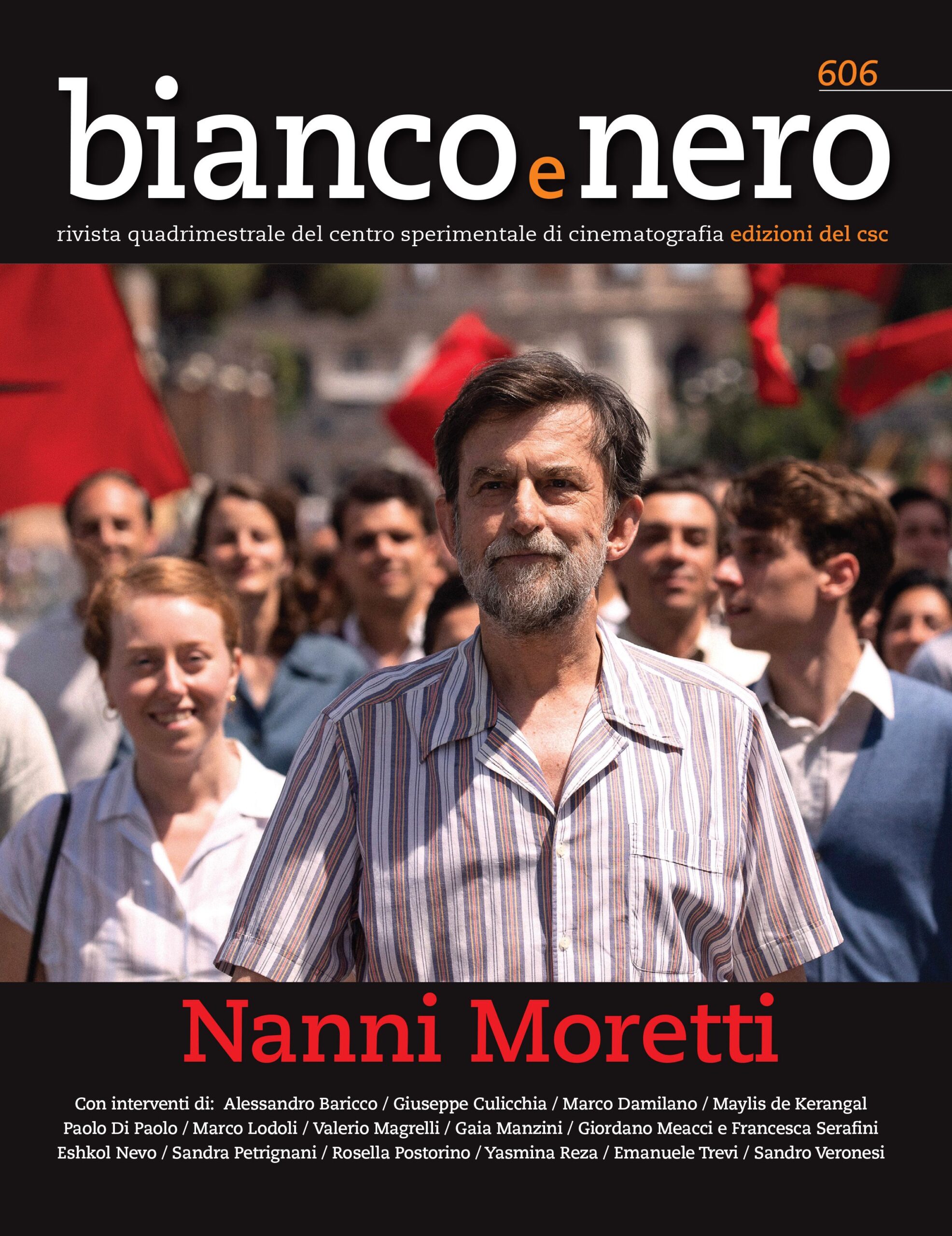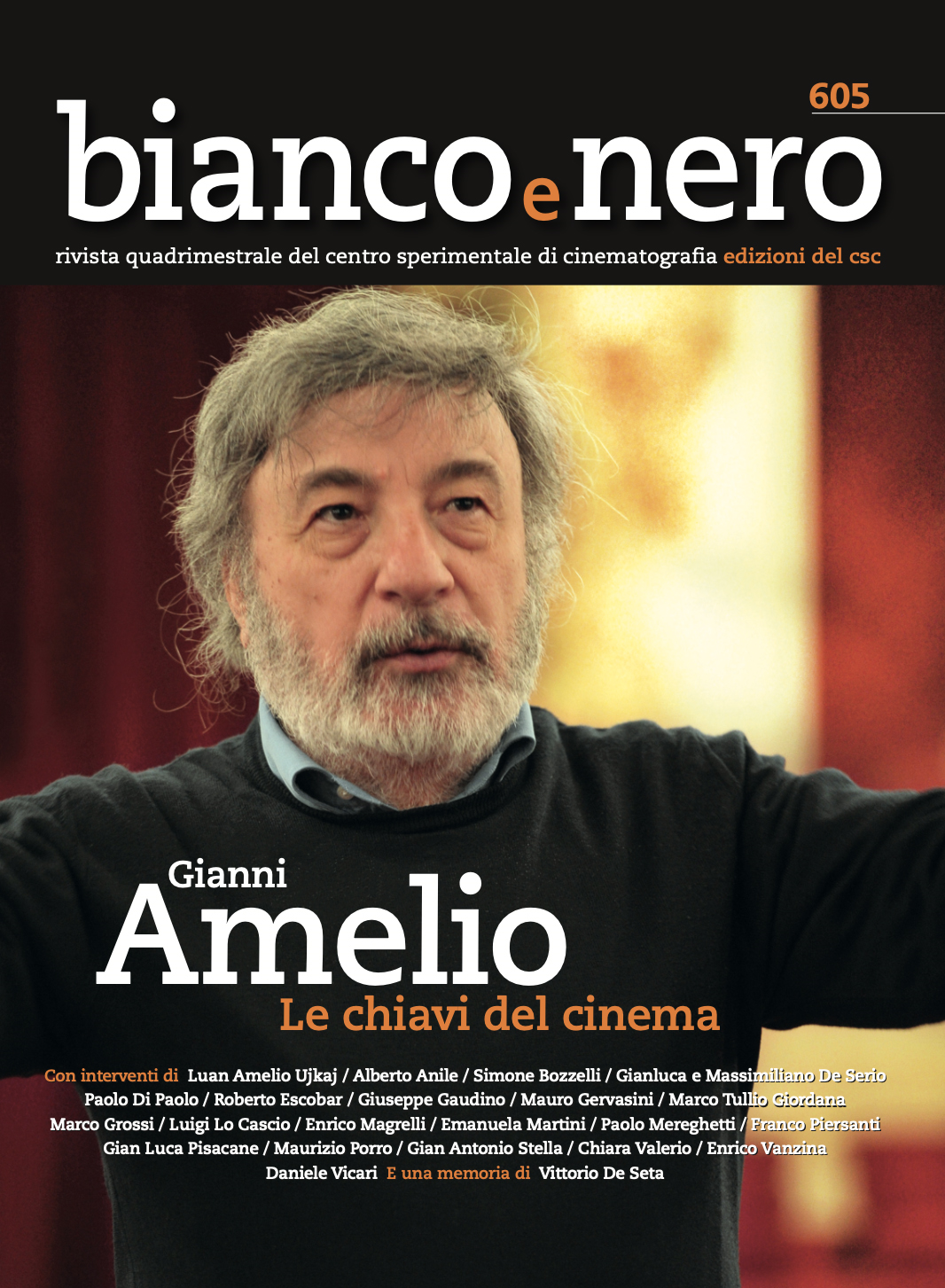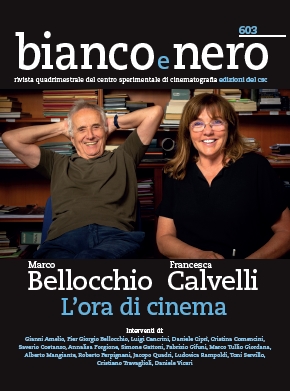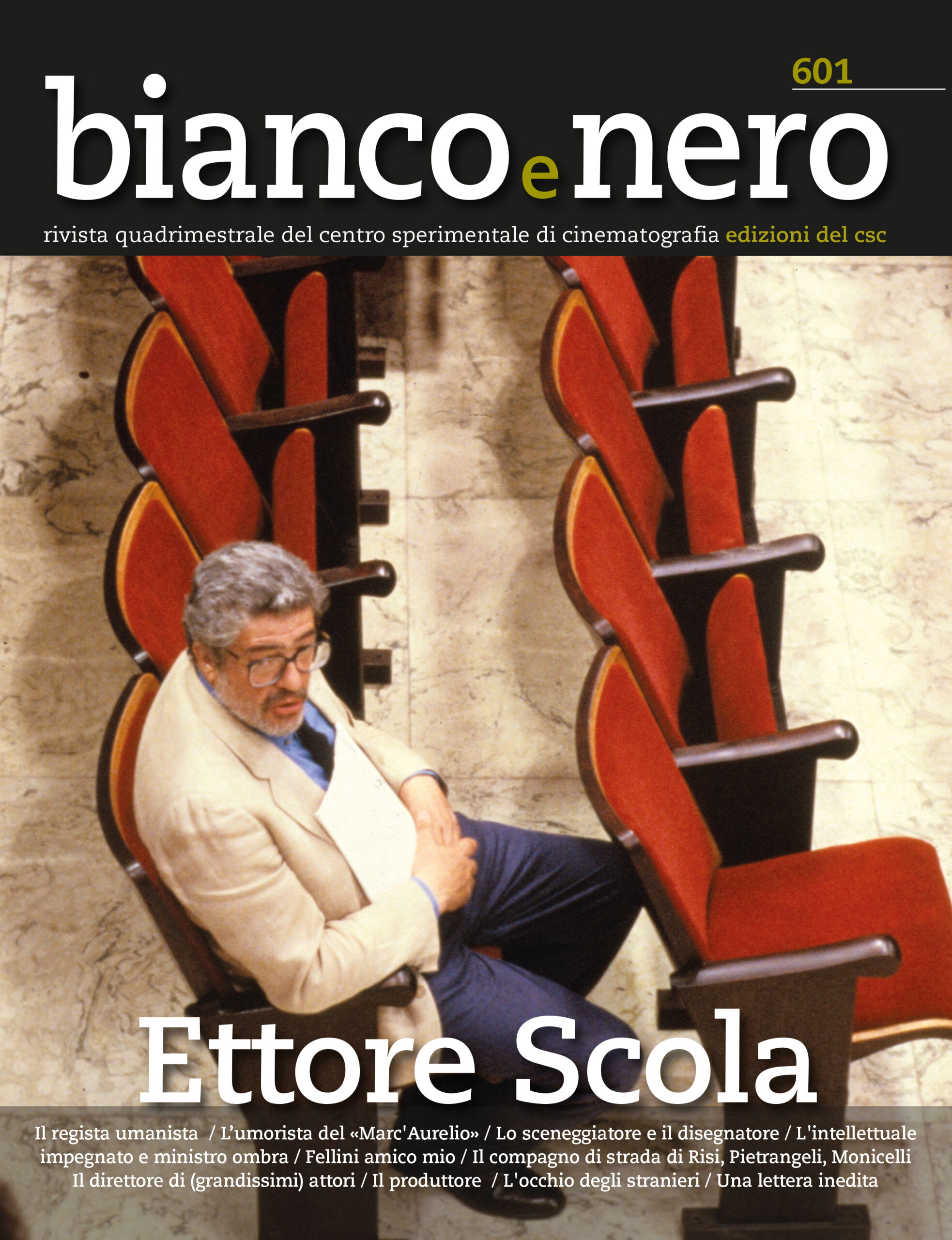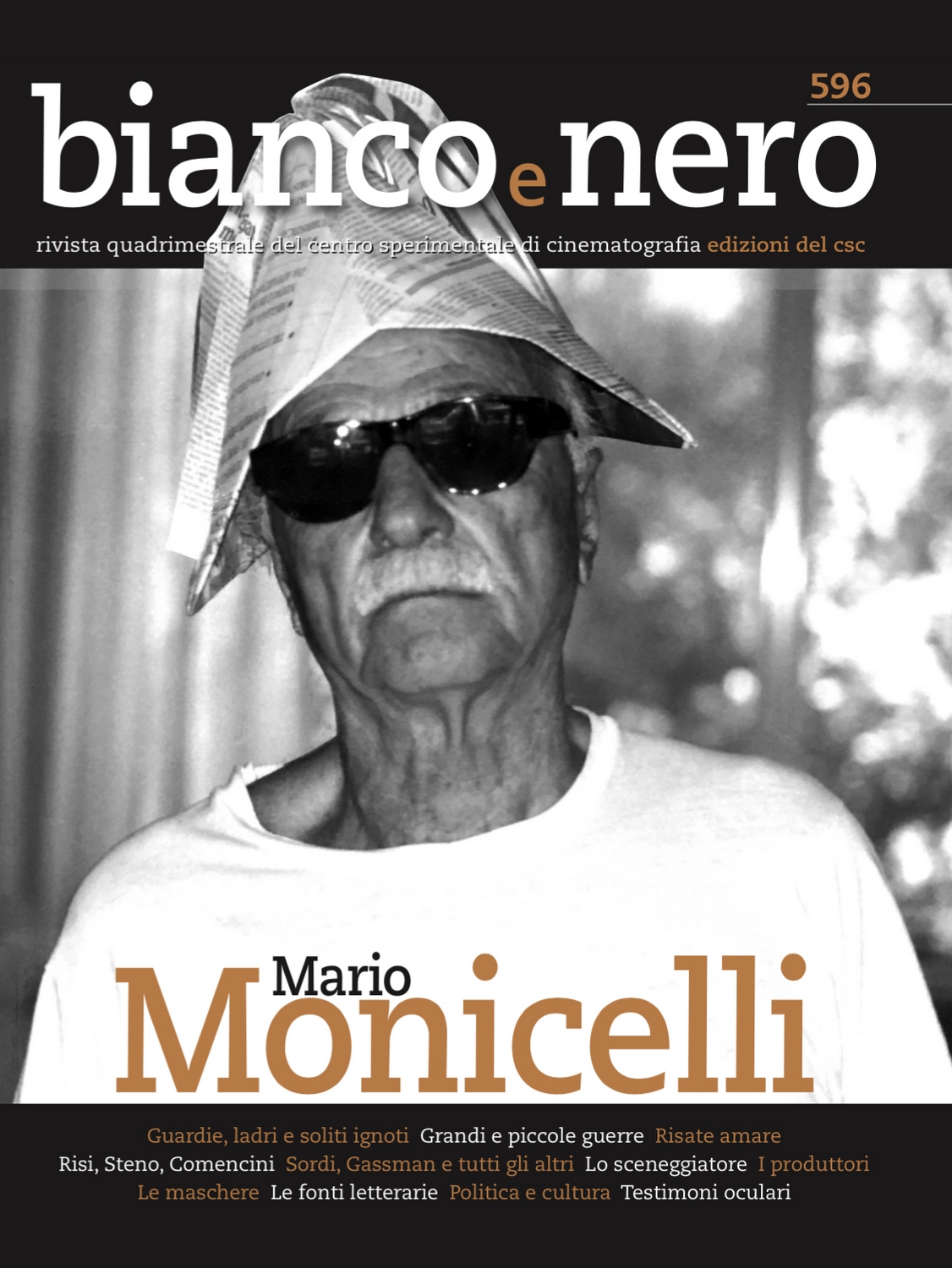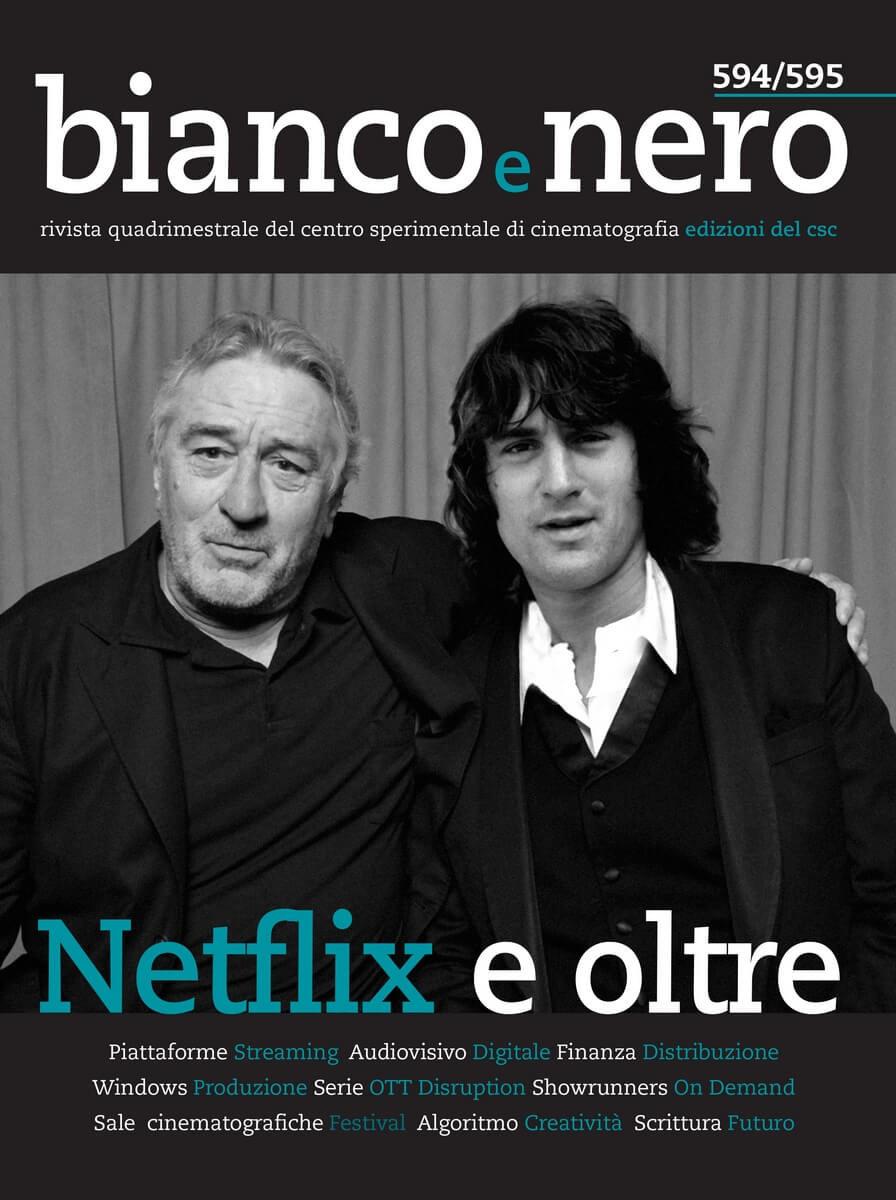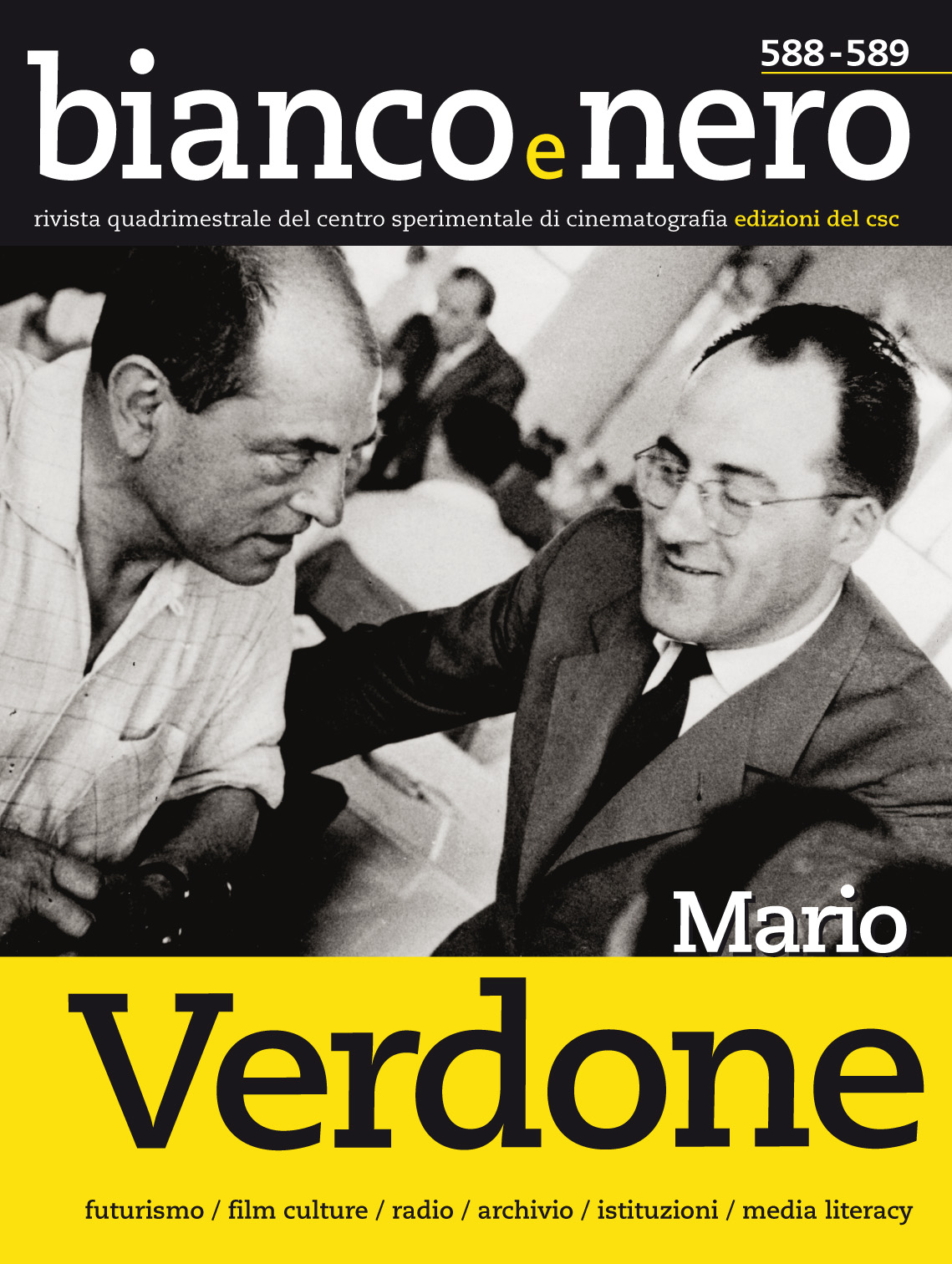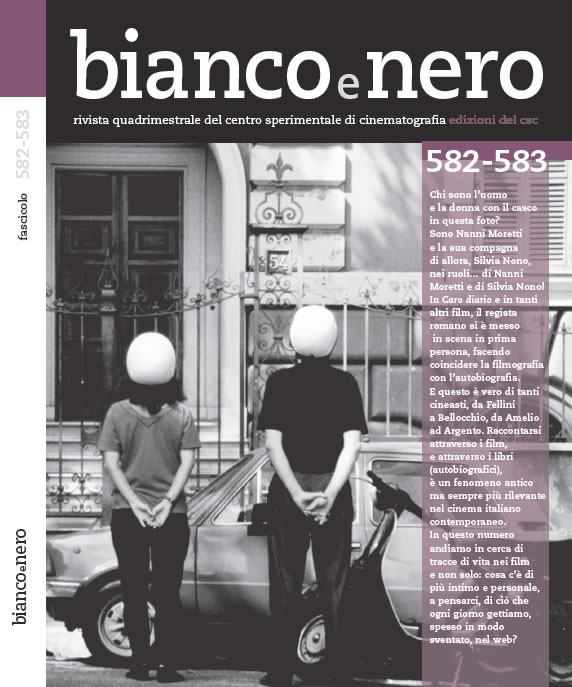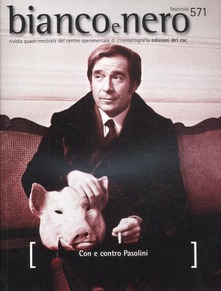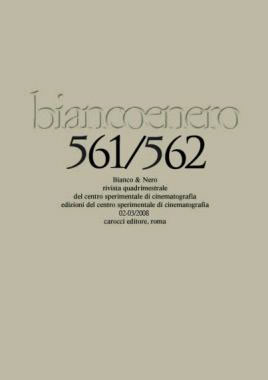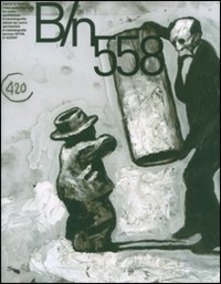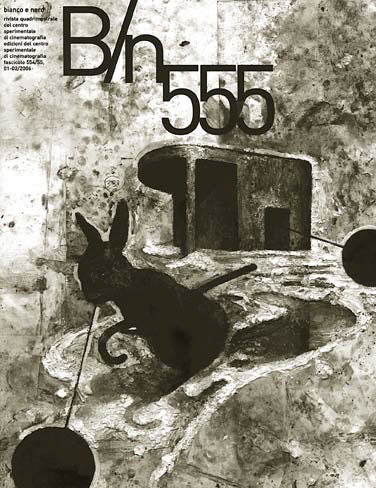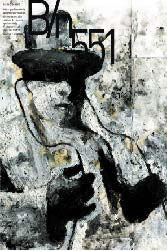Bianco e Nero
Founded in 1937, “Bianco e Nero” can boast the title of the oldest and longest-running film studio magazine born in Italy.
The list of directors and collaborators, starting from the distant years and up to more recent times, is dotted with illustrious names, which have guaranteed and guarantee the value and originality of the contributions, essays and headings that are found among its pages.
Between 1944 and 1946 “Bianco e Nero” faced the struggling of war and occupation. But a year and a half after the Liberation, in 1947, the Experimental Center of Cinematography and its magazine started to work again. Since then, albeit with mixed ups and downs, its publication has never really stopped. The magazine has changed the graphic design, the periodicity, and the cultural approach many times. But on the national and international scene it has remained, over the years, the best known, most prestigious and “classic” magazine among periodical publications on cinema.
In 1996, after a few years in which it came out as monographic volumes about Italian silent cinema (edited by Vittorio Martinelli and Aldo Bernardini), the magazine resumed its activity as a quarterly publication under the direction of Orio Caldiron. In 1999, responding to that important institutional change which is the passage of the CSC from a public body of the parastate to a privatist foundation, it becomes bimonthly and continues its publications under the direction of Lino Miccichè. In 2003, under the direction of Leonardo Quaresima, the magazine is renewed once again in the graphic design and returns to the quarterly periodicity, confirming its links with a high level of study and has strengthened the relationships between two places of excellence, the Experimental Center, and the Italian universities. Subsequently, the direction is entrusted to Alberto Crespi and Mariapia Comand. Currently it’s directed by Felice Laudadio.
Respecting its own tradition, “Bianco e Nero” wants first of all to be a magazine of advanced studies on cinema, with particular attention to Italian cinema: not unrelated, but also unconditioned by the concrete events of cinema and media relevance. Therefore it favors historical, critical, theoretical, philological, archival and bibliographic research work, and aims to transform the same current data (films, books, festivals, etc.) into occasions for reflection beyond the contingent and beyond the news section.

 Login
Login Chart
Chart









